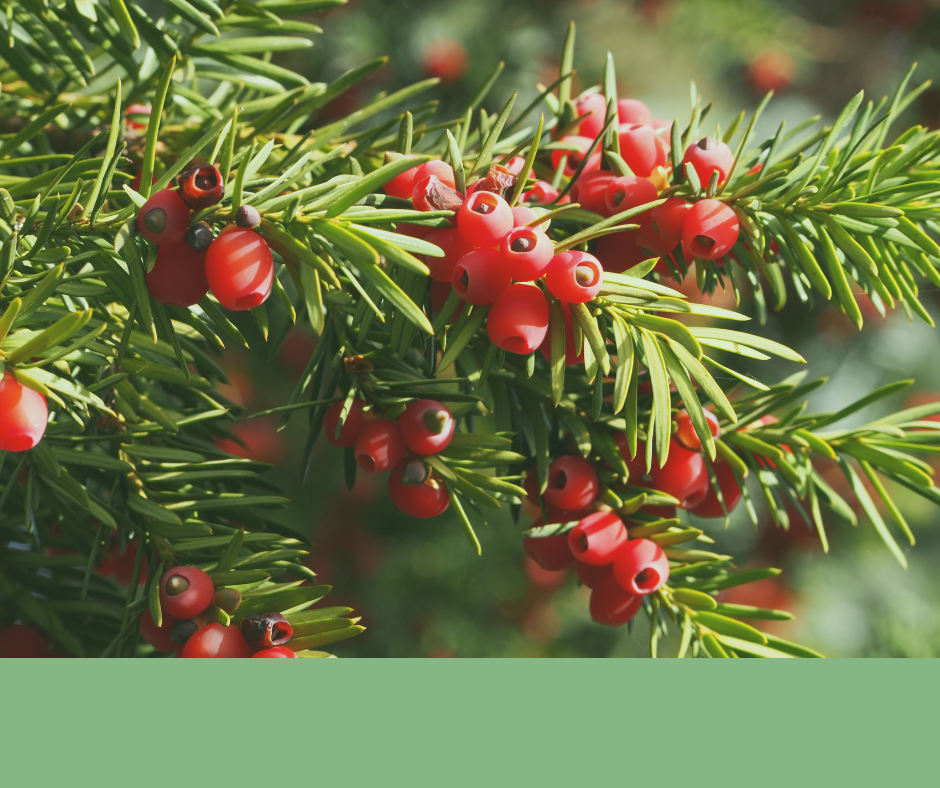Continued efforts to educate residents of the Wood River Valley about the toxicity of the Japanese yew are once again in the spotlight after more wildlife perished again this winter due to ingesting the plant. Friends of the Sawtooth Society care about wildlife, so we want to make sure all residents of areas surrounding the SNRA know how to protect all ungulates from ingesting deadly toxins from a decorative plant that may be in their neighborhood yards.
Getting the word out
Idaho Fish and Game is doing its best to spread the word and share information so everyone can help distribute this important information. This plant is as deadly to humans and pets as it is to wild animals. We ask you to visit these sources to learn more about what is summarized here. We can all do our part to help protect the wildlife where we live.
Ketchum Community Library from Feb. 28, 2023: Living with Wildlife: Ornamental Yew – How to Identify and Remove It from Your Home and Neighborhood
Idaho Fish and Game: Ornamental Yew and Wildlife
Wood River Valley Wildlife Smart Communities: www.wrvwildlifesmart.org : Toxic plants
City of Ketchum: Getting to know Yew
Hailey Library, from Feb. 1, 2023: Wildlife Among Us: Wildlife vs Winter – How We Can Help
The legalities
In 2016 an ordinance was created that stated it was unlawful to possess, plant, or sell Japanese yew, European or English yew, and Chinese yew. All of which are non-native plants. They do not naturally grow in Idaho. The Pacific or Western yew does occur naturally in Idaho but only in wetter climates- primarily the panhandle region of our state.
The ordinance was adopted by Bellevue, Hailey, Ketchum, and Sun Valley. Unfortunately, this does not keep residents and outside landscapers from purchasing toxic plants and planting them here unknowingly. Combined with the challenge of educating part-time residents, and those in more remote or secure areas, it really does take everyone to help protect wildlife.
What the plant looks like
-
- It can appear in many forms- especially when pruned.
- Can be in evergreen or small shrub form and can grow up to 30 ft.
- Flat needles, light on the top and dark green on the bottom.
- One-inch long needles on the stem in a flat plane or spiraled.
- Needles will come to an abrupt point
- Berries and cones are not always present.
If you see it
- If it’s on your property and it’s winter, cover it completely. This means no branches or the trunk can be exposed. This will allow you, or a landscape company to safely remove it come spring.
- Landscape companies can also identify the plant and suggest alternatives to replace it- evergreens and pollinators are good choices.
- Ohio Gulch has disposal methods in place- plants must be bagged.
- Do not leave any branches or limbs behind that wildlife or pets can chew on.
- Stumps can resprout if not dug out and treated with an herbicide.
- Burning is not recommended.
- If you believe you have seen it on another person’s property you can report it anonymously at Report a Noxious Weed in Blaine County, Idaho, or call 208-788-5574.
Want to do more?
For those interested in addressing this at a state-wide level, we suggest contacting your local legislatures, and through wildlife conservation efforts to help introduce natural plant food into more natural habitats.




